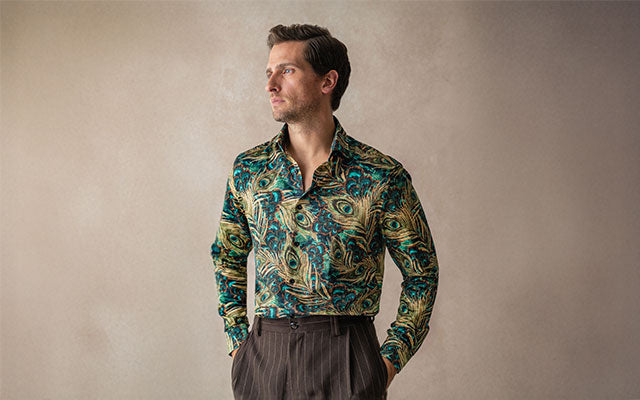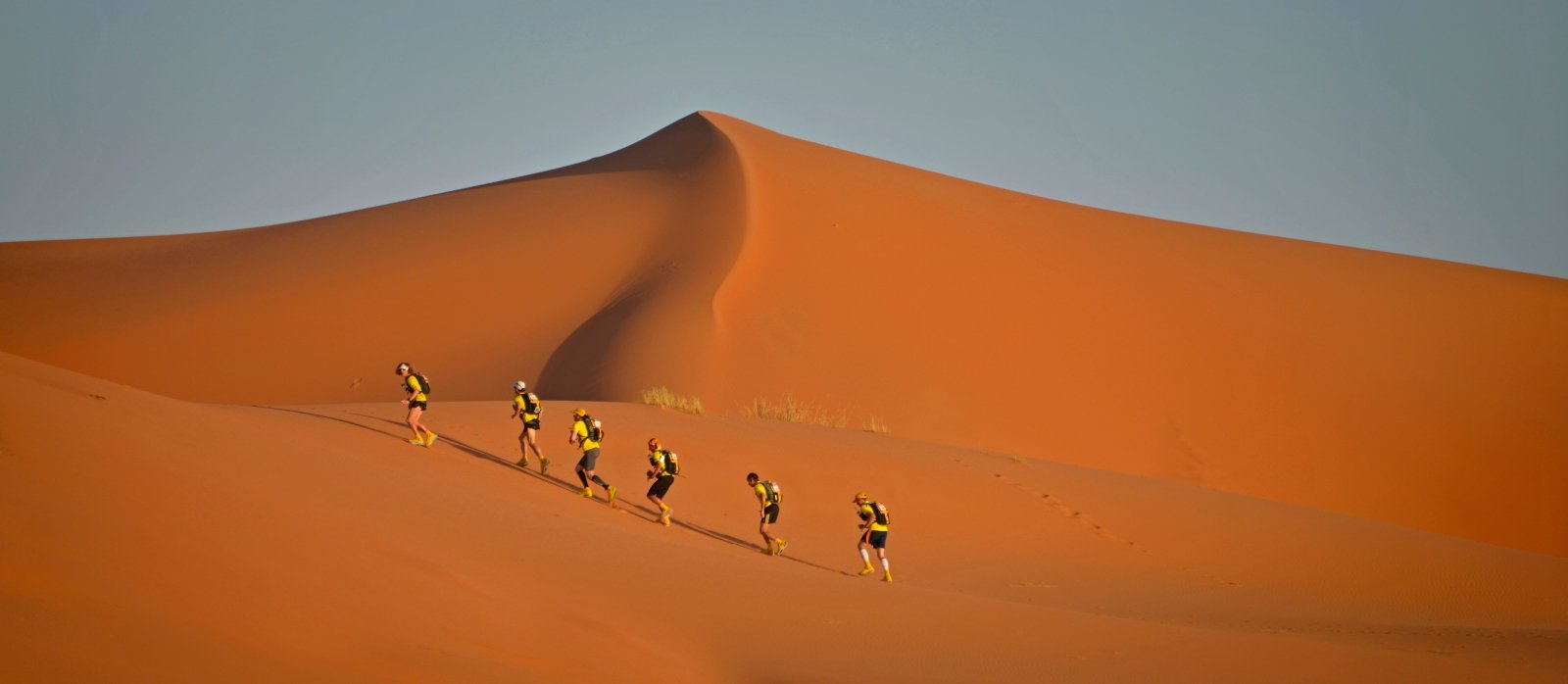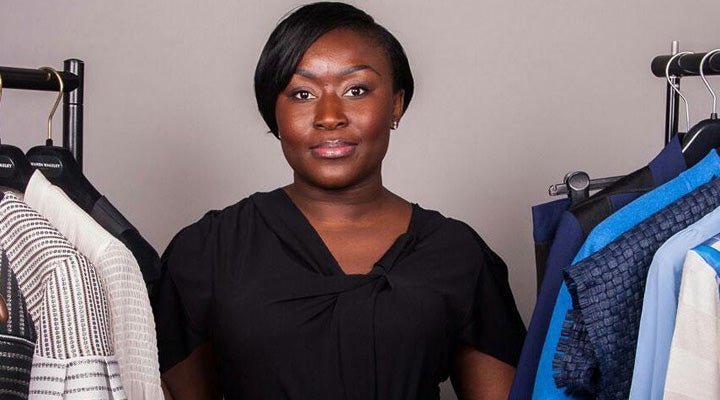The Vertical Life
Steve McClure
Steve McClure is one of the best rock-climbers in the world, having climbed the hardest sport route in the UK. Despite being better known for his sport climbing achievements, he can also be found sleeping in portaledges on 1000 metre walls in Greenland. This is his story.
 What Set You Down the Road to Becoming One of the Best Rock Climbers on Earth?
What Set You Down the Road to Becoming One of the Best Rock Climbers on Earth?
Steve: I had a lucky start. Both of my parents were keen climbers and I went along with them from an early age. It wasn’t remotely about pushing grades, just the sheer joy of being outside. In many ways climbing is a vehicle that takes you to incredible places. This is what has stayed with me my whole life.
I was a determined climber though. Even at a really young age. My first lead was when I was about 7 and it wasn’t long after that that I was pushing myself. At about age 12 I was going for my hardest route so far and had got my 8 year old brother to belay me. Our lack of experience showed through. I had him casually holding the rope with one hand. Predictably I fell, and crashed all the way back to the ground, ripping the rope through his hand. My mother arrived moments later, took in my crash landing and realised I was just about in one piece, and started screaming at me for hurting my brother’s hand!
But I didn’t start taking climbing seriously until I was about 15 or so. At that age I began to realise that all really wanted to do was climb. It took over my life. I went to University in Sheffield to study Engineering, but only because Sheffield is centred in some of the country’s finest climbing.
At What Point Did It Cease to Be a Hobby and Become Your Career?
Steve: In my early twenties things really changed. I switched from ‘traditional’ (trad) climbing to ‘sports’ climbing and that was when things took off. With trad climbing you place protection into crevices in the rock as you climb. But this protection is not guaranteed, it can pull out. And on very hard routes the rock is so featureless it’s hard to find places to get any protection in. Falls can be serious, even fatal.
Through my climbing career I‘d been motivated by movement and difficulty, not by getting a buzz from danger, so I hit a bit of a brick wall with trad climbing.
Sport climbing is reserved for routes where there really is no protection. It’s safe, and allows the climber to focus on extreme climbing. The routes have bolts driven into them and you clip your climbing rope into those bolts. There are plenty of them, and they don’t pull out. I started to focus more on sport climbing at about 24, and within four years pushed my grade from 7a to 9a which was then the hardest in the UK.  What Is the Hardest Route You’ve Climbed?
What Is the Hardest Route You’ve Climbed?
Steve: It’s a route called Rainman (watch his ascent here). It’s graded 9b and is currently the hardest sport route in the UK. It took me seven years of work to finally get up it, a total of 128 days! Preparing for a really hard route must be a bit like an Olympic gymnast preparing for a complete routine. The gymnast first learns to do a single flip, then learns all the other individual moves, and then begins to piece them together. With the super hard sport routes climbers spend ages figuring out the individual moves because only a complete, ‘no falls’ ascent counts on the day.
I’d spend a bit of time on Rainman. Struggle to get through one section, then go away and work on one aspect of my climbing: physical endurance, finger strength or flexibility. Then I’d come back and try again. It took several years of hard work before I even got to the point where I began to believe I could actually climb the thing. It’s incredibly mentally absorbing to put yourself up against something you are not sure you can do.
What Are the Lows in Climbing?
Steve: Bad falls stand out. I was belaying a friend when he took a very serious fall and hit the ground next to me head first. For the first couple of seconds all I could think was ‘my best mate just died’, there was so much blood. Then, when it became clear he was alive, the thought became ‘how much damage have those head injuries done?’. Thank God he was lucky. It took a long time, but he made a full recovery. He doesn’t climb anymore. Can’t blame him for that! What About Funny Moments?
What About Funny Moments?
Steve: The daftest things happen at times. On one the hardest climbs I’ve ever done I reached the very last move and hit a problem. I was literally reaching for the very last hold when the rope got trapped in the bolt below me. I lunged up, then suddenly stopped, inches from the last hold, then fell off! My thoughts went from total elation; ‘I’ve done it” to “I’m off’ in a millisecond. I’d spent over thirty days practising the route. Luckily I managed a complete ascent a few days later, but my effort and the trapped rope was being filmed – so my outburst was captured for all to see.
Later on I found the piece of equipment I’d used to connect the climbing rope to the bolt had actually got trapped in the knot that is used to connect the rope to the climbing harness. The way it was trapped meant the fall could have been much, much worse, the knot could easily have just unravelled. So in many ways I was lucky. My last thoughts could have been ‘I’ve done it. No I haven’t. I’m dead’.
Finally, What Is the Best Day’s Climbing You’ve Ever Had?
Steve: That’s a big question, there are so many amazing moments, from standing on top of a first ascent of a 1000m wall in a remote part of Greenland, to moving above a complete cloud inversion with the setting sun turning the cloud bright red, to winning the British Championships.
And more recently, climbing with my 12 year old daughter and 6 year old son on a fairly simple route. I led, they followed behind me, scrambling up the rock. It was the perfect day.
The conversation with Steve at one point drifted around his psychical training schedule. He mentioned he didn't do as many pull-ups as people might think, and really couldn't do a lot. When asked what the number actually was, he somewhat guilty said "only 35 or so". Given all nine of us in this office couldn't manage 35 pull-ups combined, it's clear we have some serious work ahead of us in the gym. Steve, you're an inspiration to us all, and it was a joy speaking to you.
STEVE WEARS





